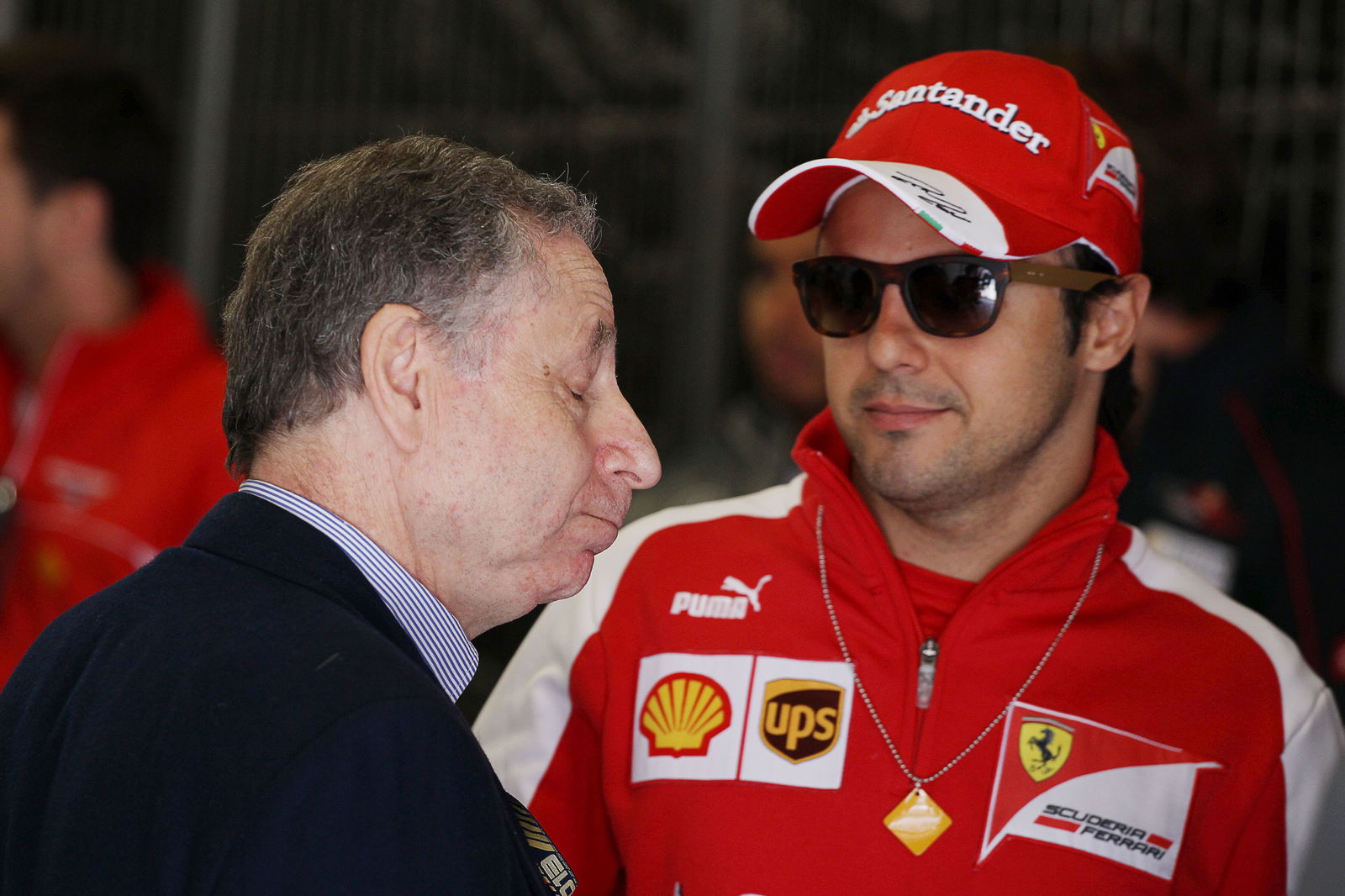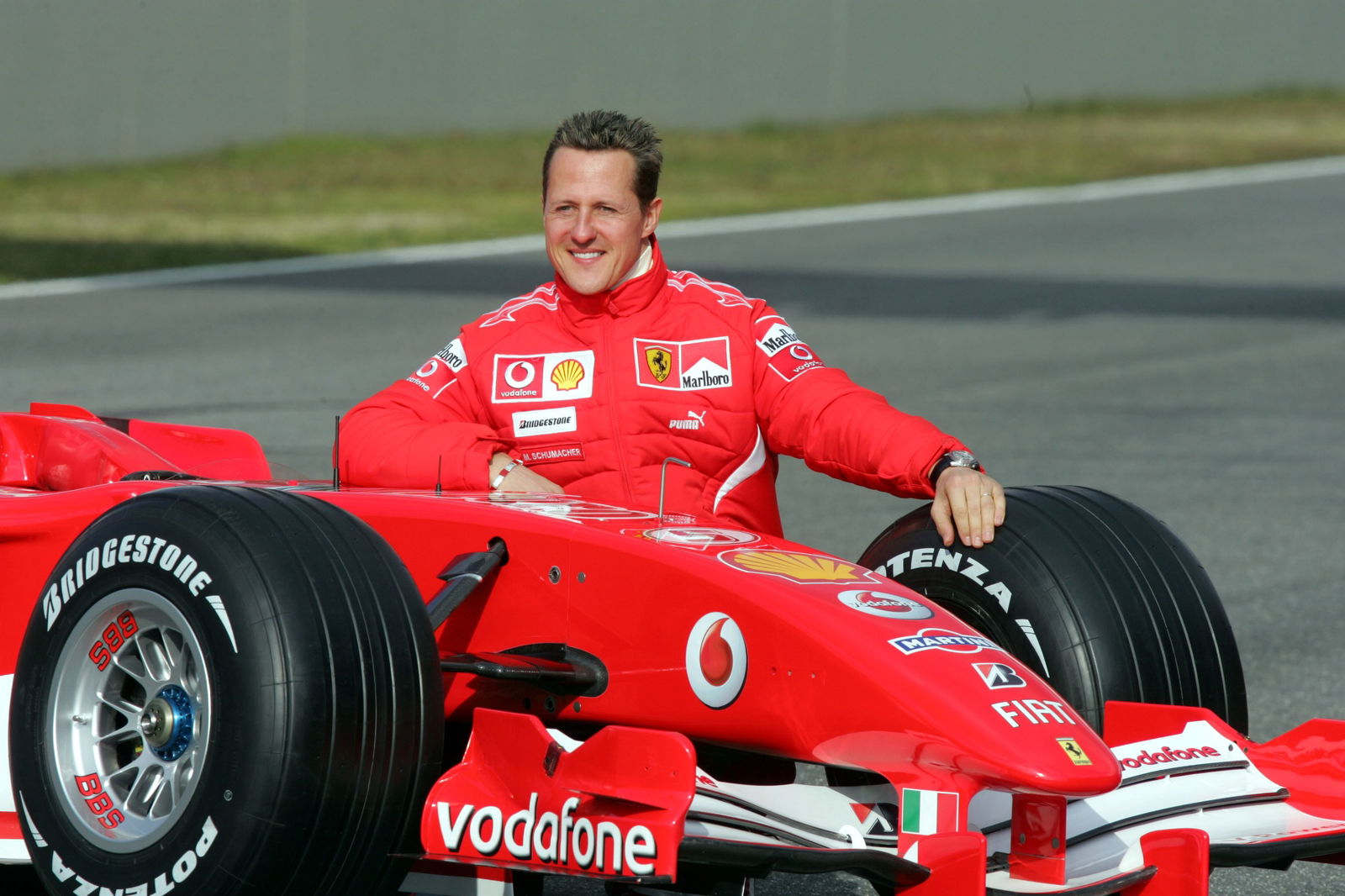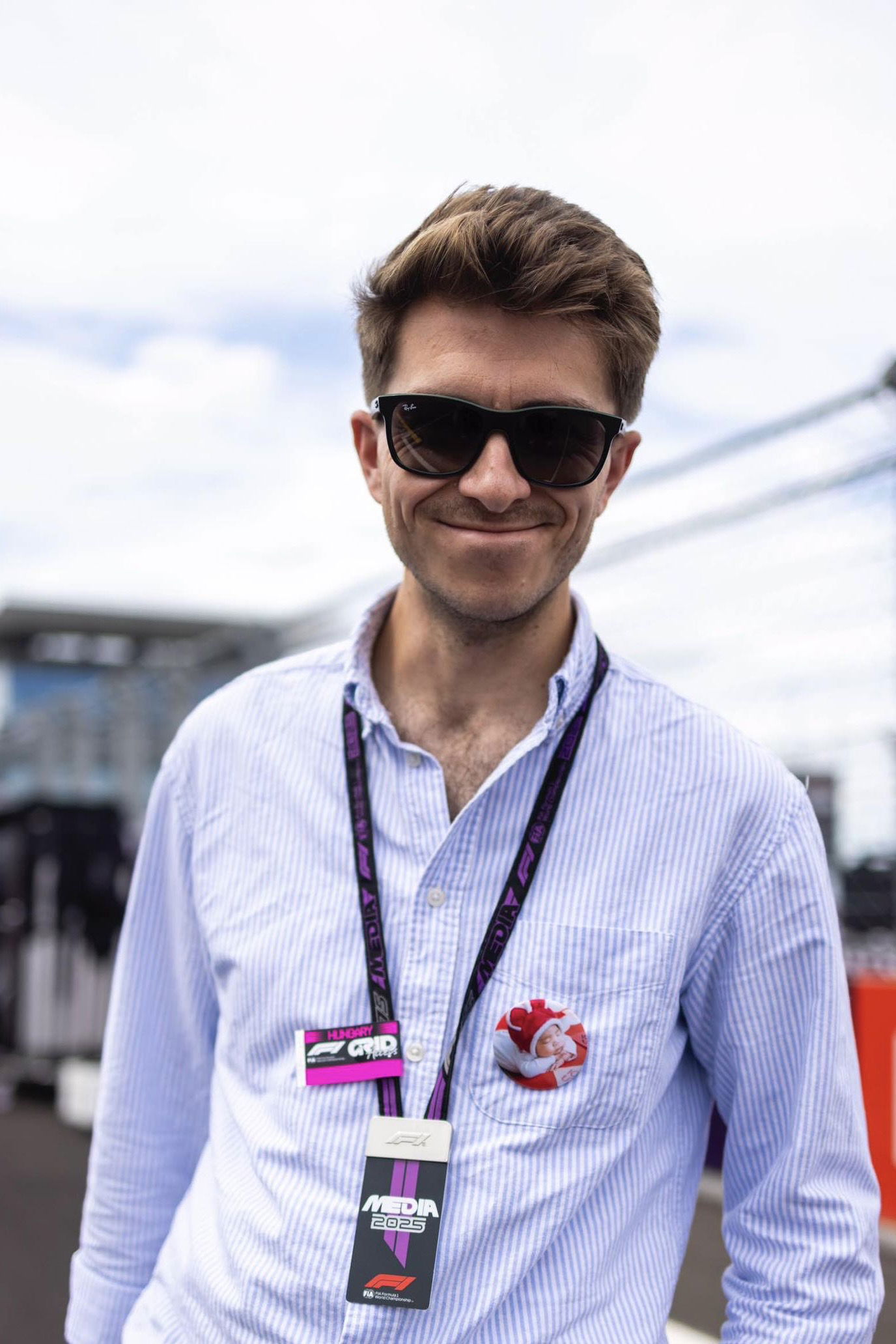James Allison reveals ‘most destructive pattern’ Mercedes fell into and how he’s trying to fix it

Mercedes’ unprecedented F1 winning streak came crashing down in remarkable fashion when new rules were introduced at the start of the 2022 season, leaving the eight-time constructors’ world champions in an uncompetitive position.
After a hugely difficult 2022, and following another disappointing start to the 2023 season, Allison returned as Mercedes technical director as part of a major reorganisation that saw him swap roles with Mike Elliott.
Mercedes ultimately finished second in the championship behind Red Bull but suffered their first winless F1 campaign since 2011.
Mercedes are in the process of fundamentally overhauling their 2024 car design after their W13 and W14 challengers proved to be flawed and underwhelming in terms of performance.
Speaking to the Performance People podcast, Allison provided a fascinating insight into how he is trying to fix the problems that have plagued Mercedes in recent years.
"When a team has been on a very high plateau for quite a large number of years, for quite a long period of time, and then takes a dip, for whatever reason, it's very disorientating,” Allison explained.
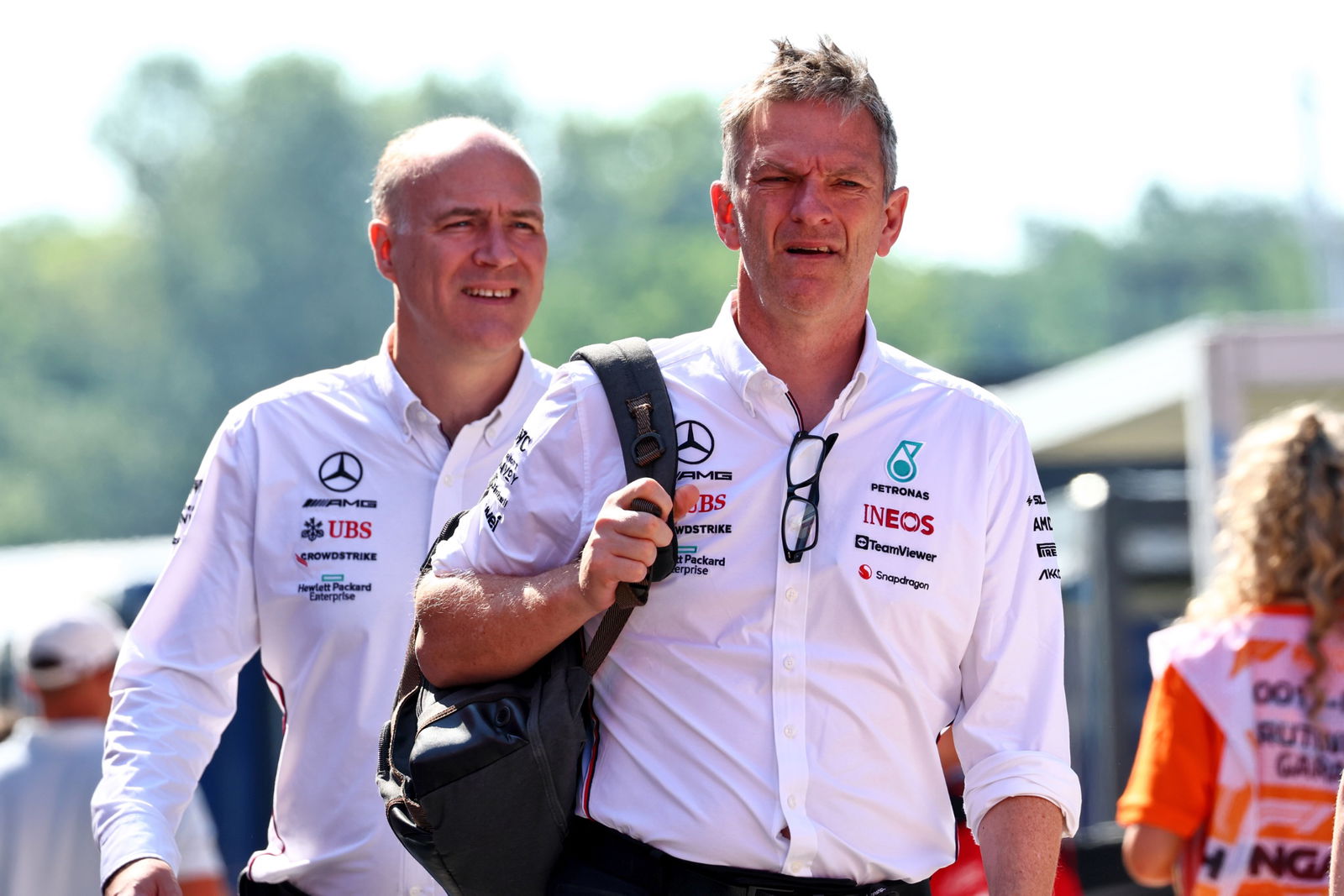
“It's very unpleasant to suddenly feel that what you've previously felt about yourselves as a group has been… the foundations of that have been loosened by the reality of the stopwatch and being beaten by another team.
"It shakes the confidence of an organisation and it also puts a lot of very short-term pressures on a company that's been used to thinking further ahead and the short-term pressures are...that the car is poor and the results are poor and they must improve and the call of that is very loud, completely natural but very loud, nevertheless.
"It rouses people to action but the action can tend to be that all the disciplines in the company - the aerodynamics, the vehicle dynamics, the drawing office, all the specialisms that are necessary, that work together to create a good car - that each of them can sort of scatter on the four or five, six winds to their individual corners, to do what they can do or contribute in the way they think is best, driven by this very loud call that the car needs to improve.
"And if you're not careful, then those groups can stop talking to one another because they're all head down, trying to fix what they see as their part in making the world a better place.
"And probably the most destructive pattern that we as a group got into over that difficult period from when our crown first slipped, was that we fragmented more than we should have done. Not because anyone fell out with anyone, far from it. In fact the spirit in this place, considering the pressure it's been under, has been incredibly resilient.
"But everyone's natural desire to contribute to a recovery was a little fragmented and I would say if I've had any effect that's been of a positive thing, it's been to try and draw that back together.
“To try and get the main engineers who are leading the main divisions in the company to talk to one another more, to try to take off their shoulders some of the immediate pressure and just dampen down the shout that is coming from the car and just to focus on coordinating our work because if we do that, the world will improve and the call from the car will quieten on its own.
"That's mostly what I've been up to since coming back to the technical director role. That's got nothing to do with nuts, bolts, springs, dampers, wings, floors. It's just human stuff. But nevertheless, that human stuff becomes more and more important the further you are up the food chain and the more fortunate you are with the role that you're given in the company.”
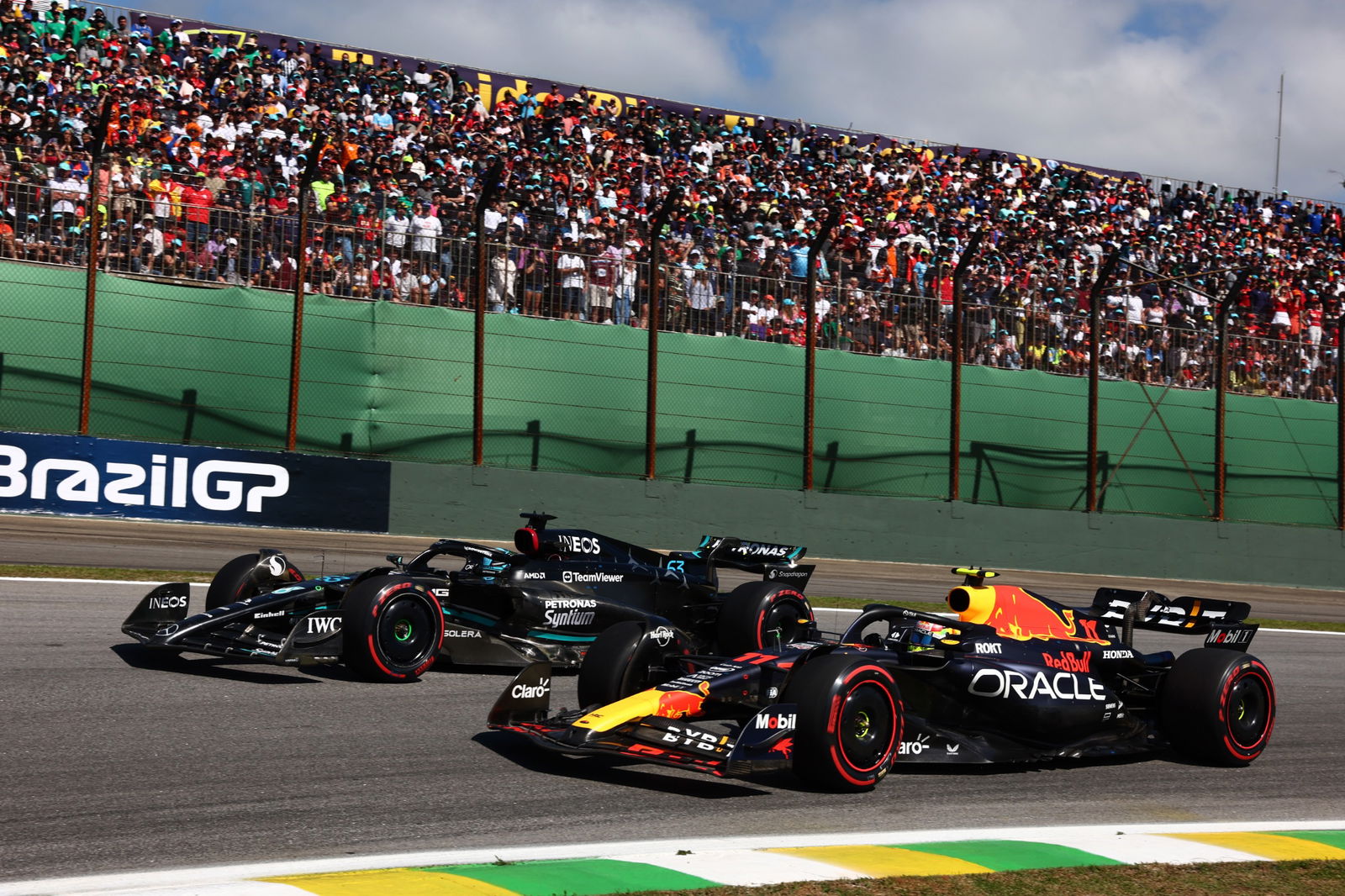
Allison explained how he is trying to galvanise Mercedes' workforce in their quest to return to winning ways.
"With the folk who have at their fingertips important slabs of the company, so Shov [Andrew Shovlin] who looks after all of the racing side of things, Loic [Serra] who looks after the vehicle dynamic things, John Owen who does the drawing office, Jarrod Murphy who looks after everything aerodynamic, other names too like [head of trackside performance] Riccardo Musconi, just bring those important folk together and ask a few questions of them,” he added.
"The answers of which are only possible if they spend a bit of time talking to one another. And the fact they then spend the time talking to one another automatically means they'll coalesce around a jointly-agreed programme of activity to get those answers.
"It doesn't take long before people fall back into that habit of leaning on each other rather than working individually because actually, it's way more fun that way.
"So it's not [me] coming in and saying, 'Well, we need to get the car three millimetres lower and the spring needs to go to that', we know how to do that because that requires people who are in the depth of the detail, who are resources that are under the control of that layer of more senior people that I just described.
"Those people down in the engine room of the team, they need to be given the confidence by their own leaders to work on areas that are maybe going to help and do so in a manner which is linked up across the company."
